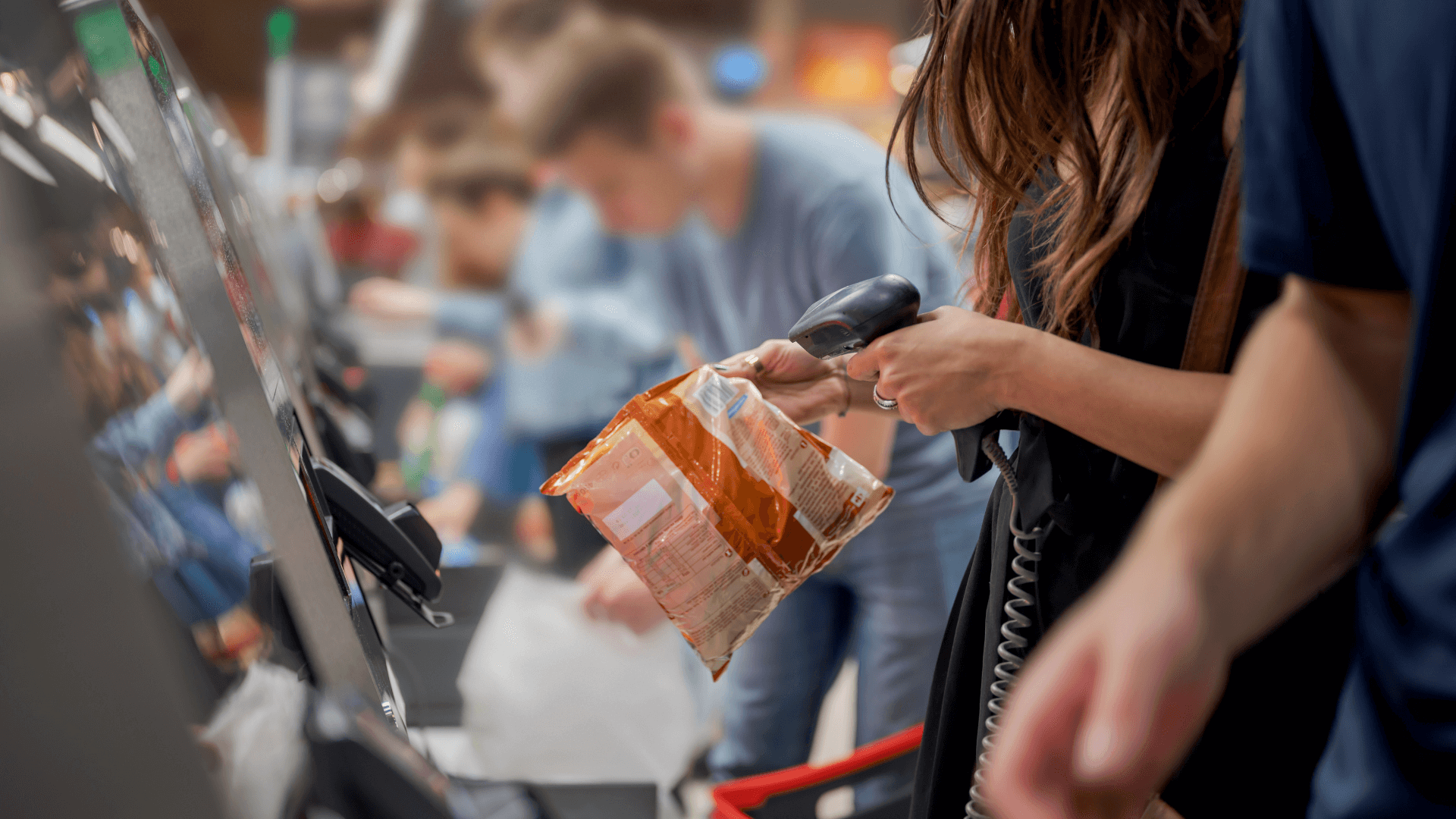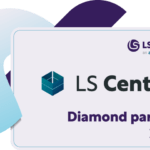SELF CHECKOUT
Self-scanning checkout, also called “self-checkout," enables shoppers to scan, bag, and pay without human assistance. Typically, a self-scanning checkout lane looks very much like a traditional checkout lane except that the shopper interacts with a computer's user interface (UI) instead of a store employee.
The shopper begins the self-checkout process by touch-enabled computer's welcome screen or, with some systems. Once the shopper has initiated the checkout, the computer's animated voice provides the shopper with step-by-step instructions about scanning their items and where to place them once scanned.

IT IS IMPORTANT NOW
A “Retail Week" article noted that customers like the efficient payment process of self-checkout, and the majority would like to see more stations added.
Focus on today's world is on simplicity, speed, and most importantly is on safety. A self-checkout kiosk brings in the following benefits:
1. Shorter & Faster queues
A self-service checkout allows more customers to be served in a shorter time, resulting in more purchases in the same time frame and shorter lines. The self-service tills handle purchases faster since a cashier does not need to manually search through the product numbers to find the right price, so these tills are not dependent on the human factor. Shorter queues create happier customers – who will probably want to come back.
2. Customers like it!
Customers do not necessarily want to chat with other people when they are out shopping. Thanks to our self-service checkouts, customers can complete their visit while talking on the phone, listening to an audiobook, or just relaxing after work. The language selection option at the self-service checkouts also makes it easier for those who speak a different language.
3. Fewer losses
Between 30-50% of all losses in a store are due to the human factor. There is no longer any cash handling risks at a self-service till there are no longer cash managing risks, such as miscalculations in the float, fraud, or theft.
4. Better store capacity
The self-service checkouts take up less space and can handle many more customers than regular checkouts, making them significantly more surface efficient than a standard till. Most stores can fit four self-service units on the same surface area that a normal till takes up. Four times more tills = four times better capacity.
5. Always enough cashiers
The capacity of a self-service till is not limited to the number of free cashiers but is instead down to the number of available machines. This also reduces the human factor's impact, such as staff illness or training periods for new employees.
6. Save time for employees
The benefits are shorter queues, a quicker purchase process, greater capacity, and more staff resources. As employees can stop focusing on, say, cash handling or continuously being needed to jump on the till, they can instead concentrate on stocking shelves, keeping the store tidy, and being available for customer queries. The result is a well-organized store with attentive staff and customers who feel comfortable and well-served.

No extra software expenses
The checkout system used in various stores (including IKEA) does not have a specific interface, different from regular POS. The customers check out using the same POS system that cashiers use – LS Central. Which has become very popular with the users, and it also shows how easy it is to use LS Retail modern POS systems.
Self-checkout POS is used in all retail formats, be it Grocery, F&B, Clubs, Amusement Parks etc.
Contact us for free POC of your self-checkout experience and integration with your preferred self-checkout kiosks.











